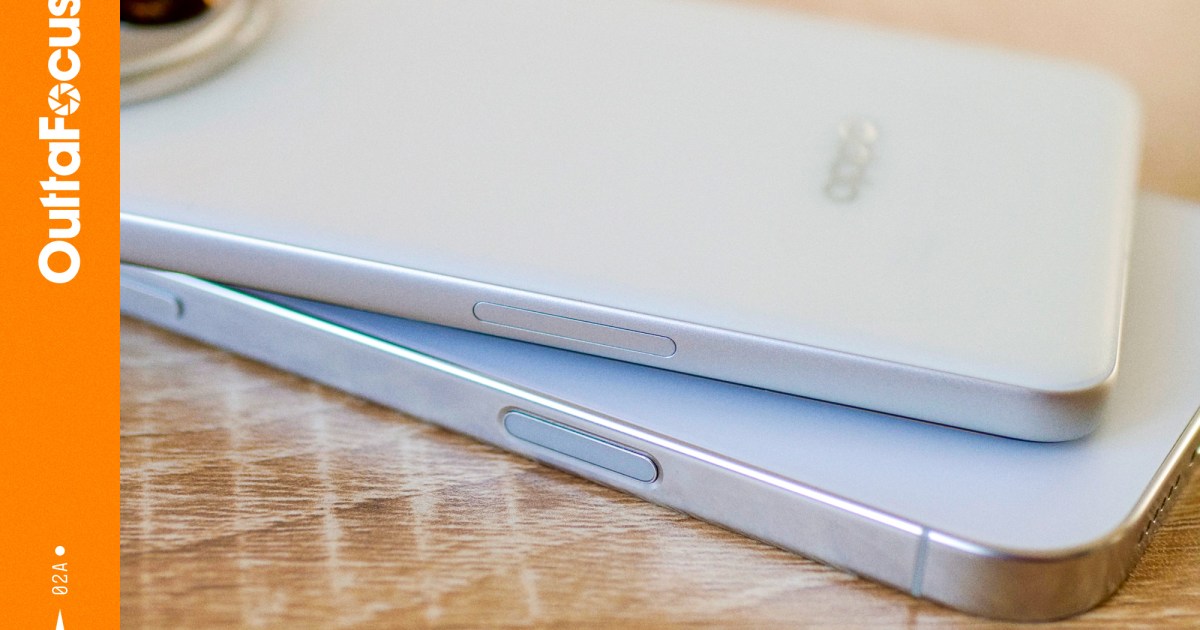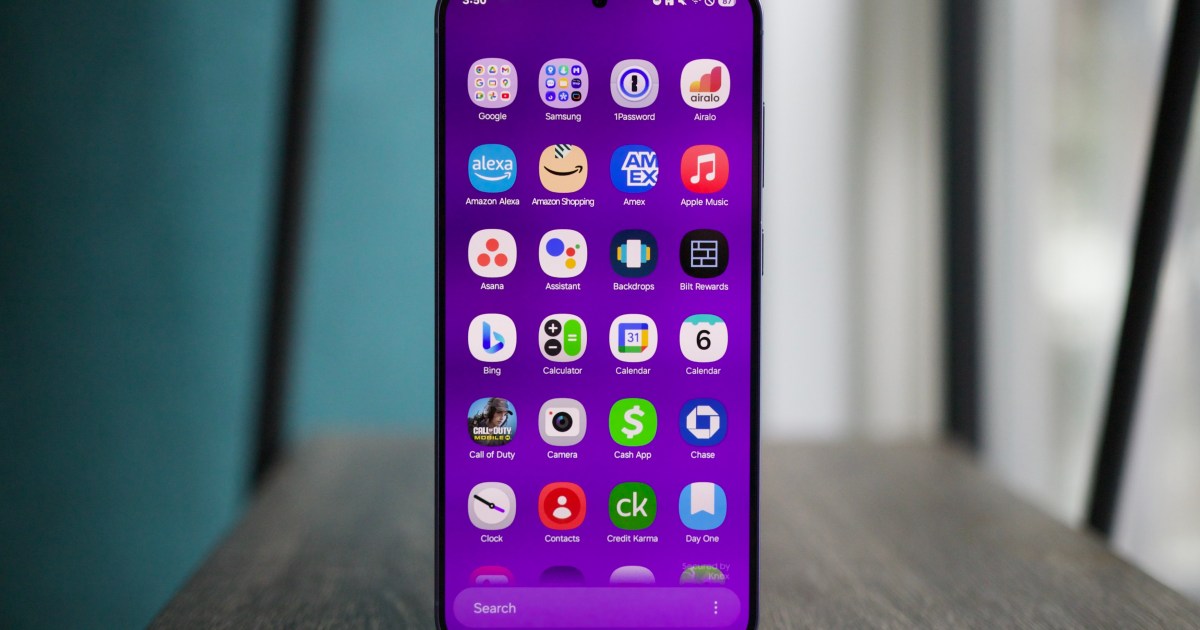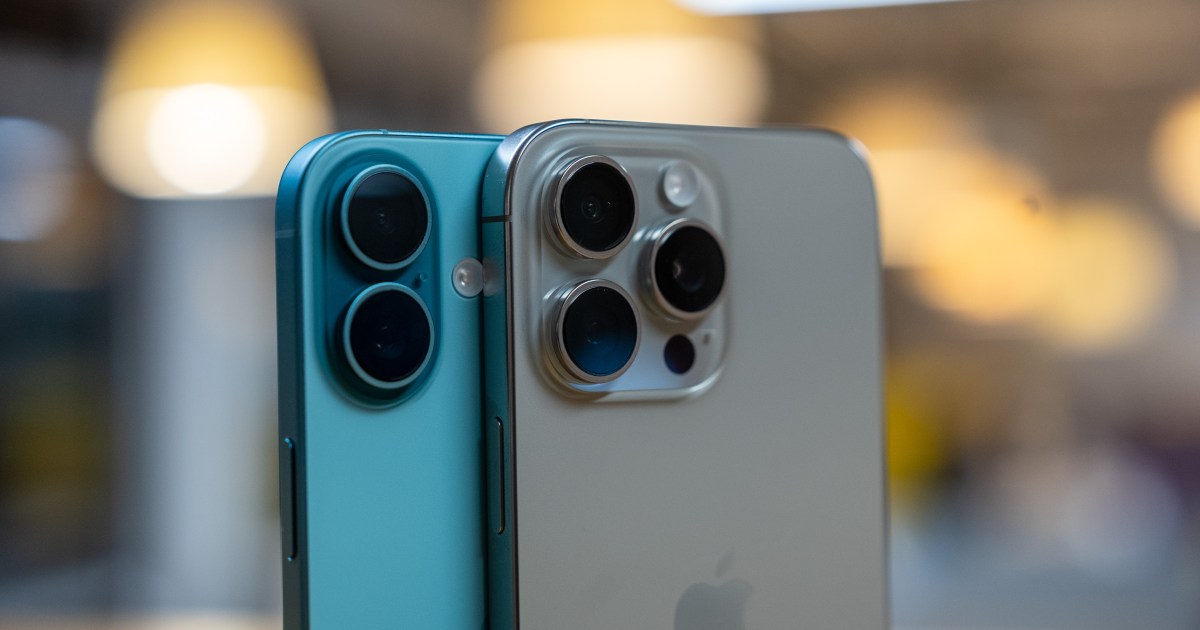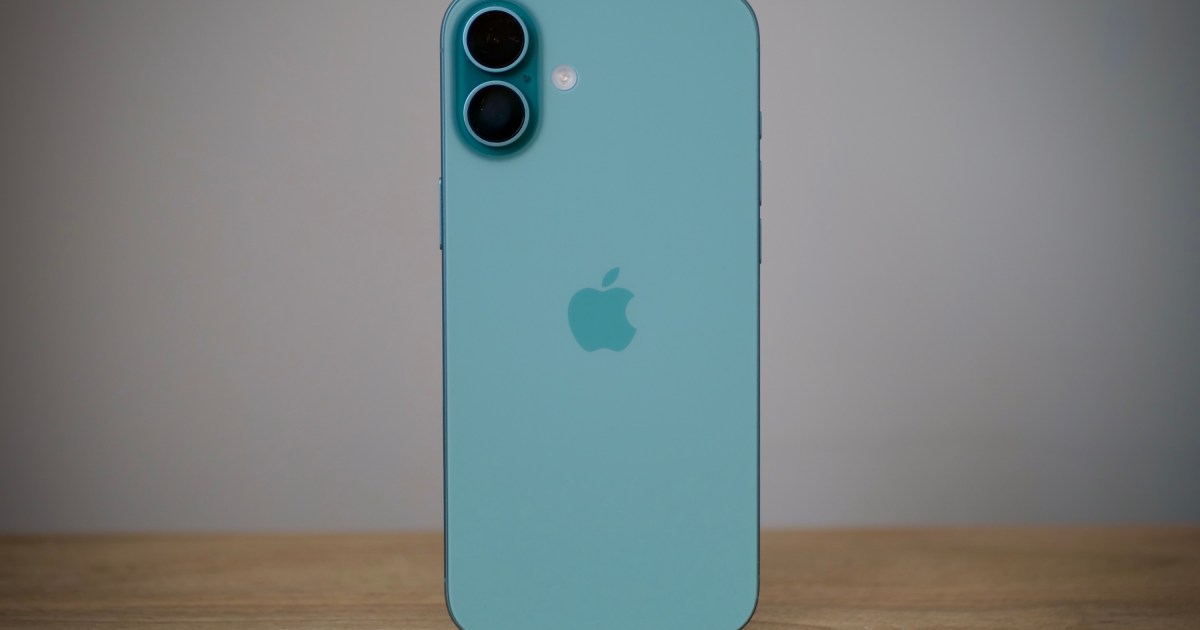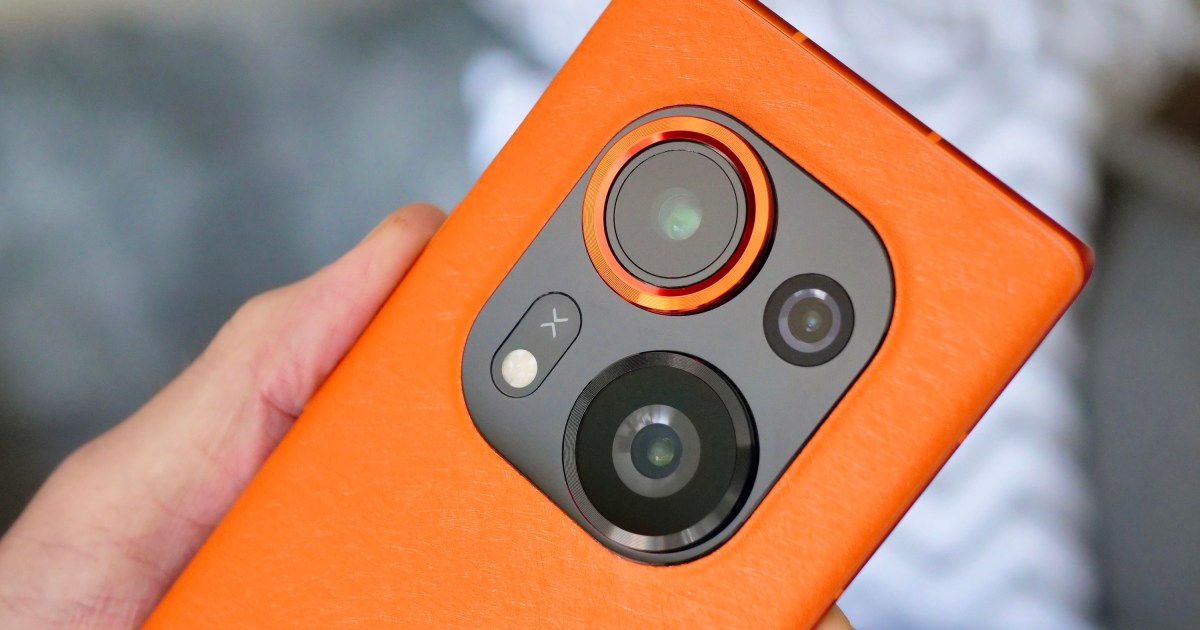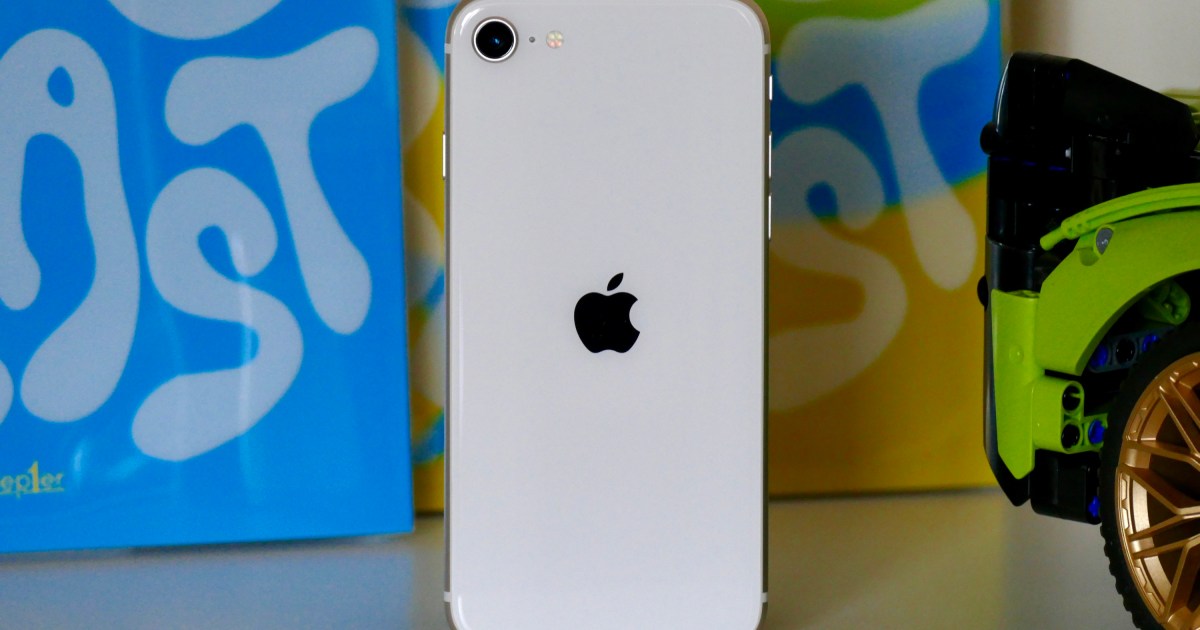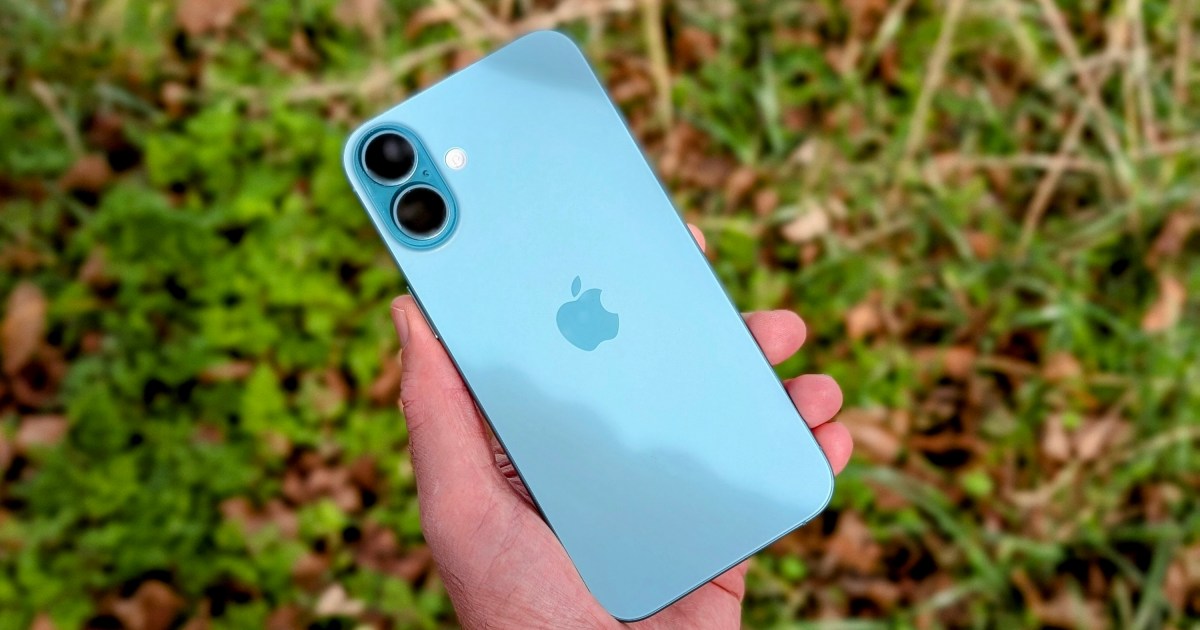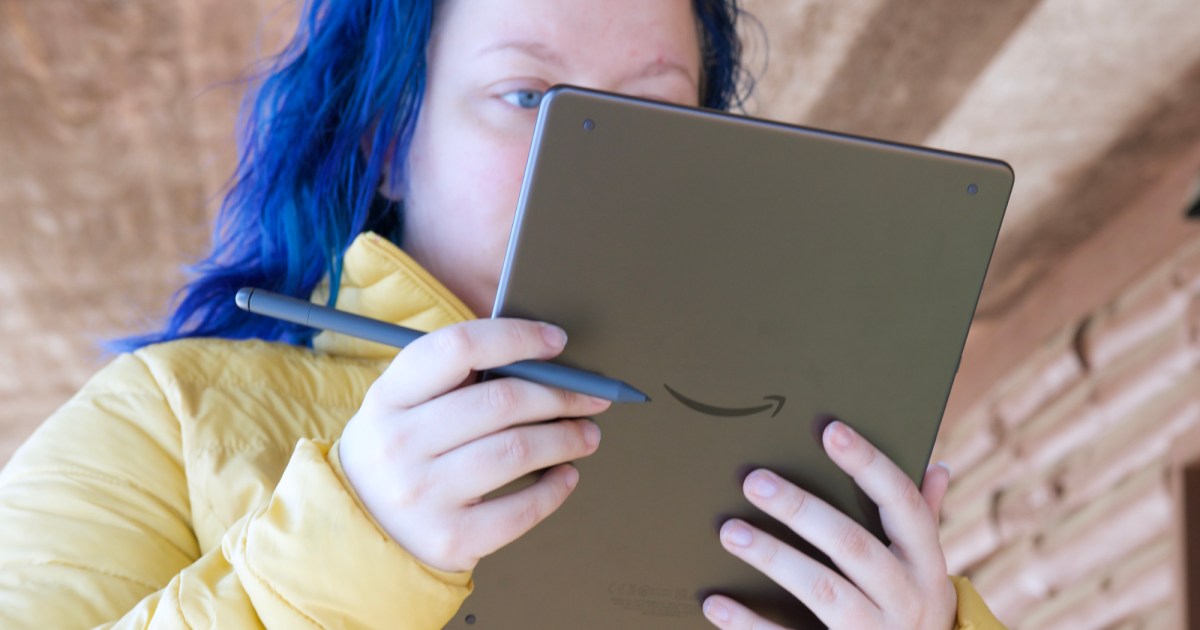The iPhone 16 isn’t the only new smartphone boasting a unique camera control system. The Oppo Find X8 Pro also offers an alternative interaction method, positioned on the phone’s side. However, their approaches differ significantly. This comparison highlights the merits of physical versus virtual controls and explores how a tangible button enhances the photographic experience on smartphones.
Physical vs. Virtual: A Control Clash
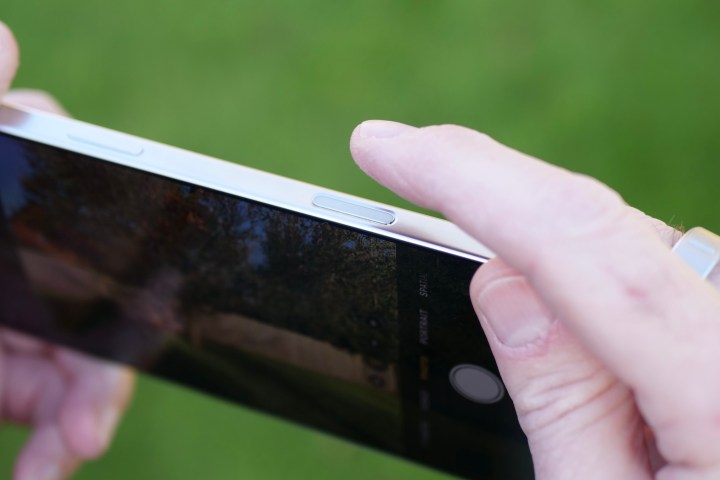 A person using the Apple iPhone 16 Pro MaxApple iPhone 16 Pro Max Camera Control Button
A person using the Apple iPhone 16 Pro MaxApple iPhone 16 Pro Max Camera Control Button
The iPhone 16 series features a sapphire crystal-covered physical button, the Camera Control. A double-press launches the camera app from the lock screen. A light swipe adjusts the zoom, while a single press captures a photo. Combining gestures unlocks other camera features. Recessed yet easily locatable, its design seamlessly integrates with the iPhone’s chassis.
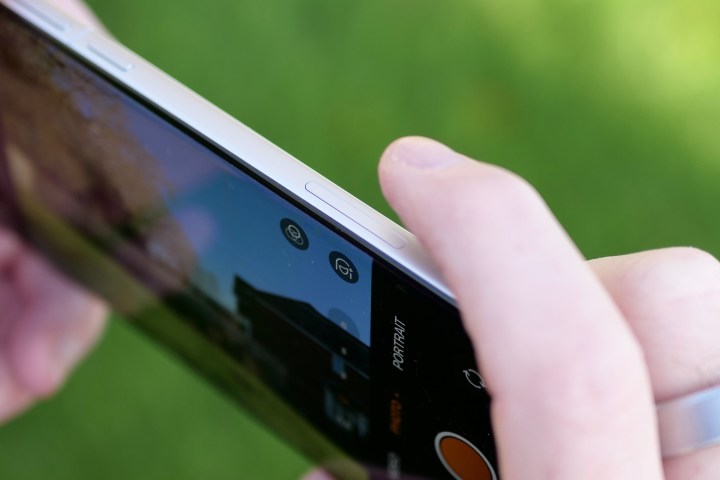 A person using the Oppo Find X8 ProOppo Find X8 Pro Quick Button
A person using the Oppo Find X8 ProOppo Find X8 Pro Quick Button
Oppo’s Find X8 Pro introduces the “Quick Button,” a misnomer as it lacks physical form. This haptic feedback zone on the chassis mimics a button press. Similar to the Asus ROG Phone 9 Pro’s AirTriggers, but with subtler vibration, it’s activated by touch. A double-press from the lock screen opens the camera, a single press takes a photo, a long press initiates burst mode, and swiping adjusts zoom. However, its location is less intuitive than the iPhone’s Camera Control.
User Experience: A Comparative Analysis
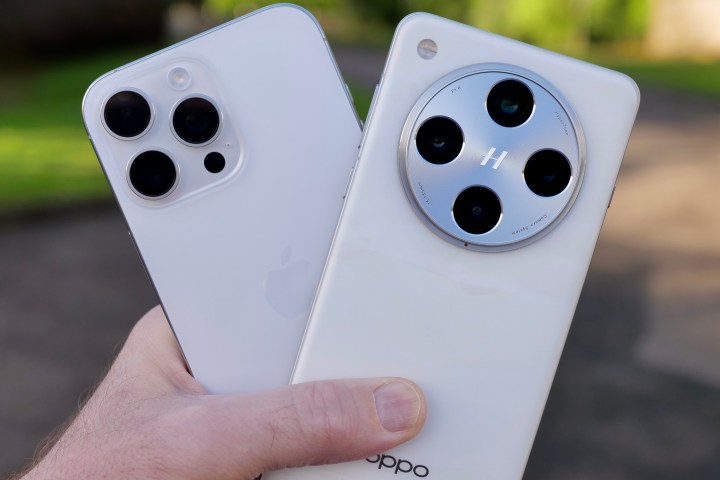 The Apple iPhone 16 Pro Max and the Oppo Find X8 ProApple iPhone 16 Pro Max (left) and the Oppo Find X8 Pro
The Apple iPhone 16 Pro Max and the Oppo Find X8 ProApple iPhone 16 Pro Max (left) and the Oppo Find X8 Pro
Extensive use of both phones reveals a key difference: the iPhone 16’s Camera Control fosters a more conscious engagement with the camera. This tactile experience evokes the debate surrounding touchscreens versus physical controls in cars. Touchscreens offer versatile functionality, but the Find X8 Pro’s Quick Button, despite its similar purpose, feels less integrated into the user experience. Its seamless integration with the phone’s chassis makes it easy to overlook.
The Tactile Advantage: Luxury vs. Futurism
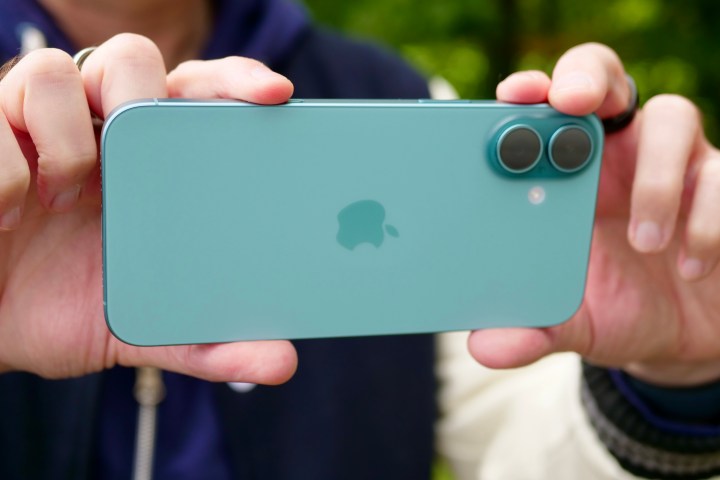 A person taking a photo with the Apple iPhone 16 Plus.Apple iPhone 16 Plus
A person taking a photo with the Apple iPhone 16 Plus.Apple iPhone 16 Plus
While Oppo’s Quick Button offers a futuristic, touch-based interaction, the iPhone’s Camera Control delivers a sense of luxury and precision. This physical button provides enhanced functionality and a more engaging experience. The tactile feedback, combined with the act of pressing a button, differentiates it from the cold, futuristic feel of the Quick Button. This premium tactile experience echoes the growing trend of physical controls being viewed as luxury features in other tech devices, like cars. Even high-end vehicles like the Bugatti Tourbillon embrace analog controls for a timeless appeal.
The Emotional Connection: Photography and Tactility
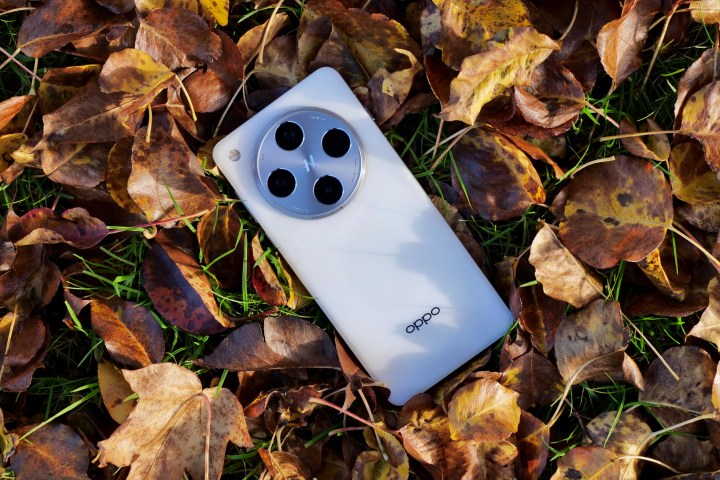 The back of the Oppo Find X8 Pro.Oppo Find X8 Pro
The back of the Oppo Find X8 Pro.Oppo Find X8 Pro
The iPhone 16’s Camera Control elevates the act of taking a photo beyond mere functionality. The physical engagement enhances the memory-making process. This tactile feedback, similar to the physical buttons and dials of traditional cameras, strengthens the connection between the user and the moment being captured. While Oppo attempts to replicate this with a digital Hasselblad shutter sound, the iPhone’s physical button provides a more profound tactile and auditory experience.
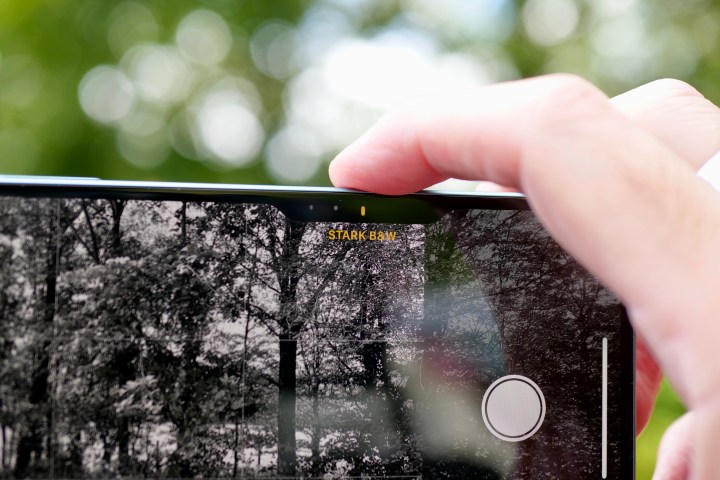 A person using the Camera Control on the Apple iPhone 16 Plus.Apple iPhone 16 Plus
A person using the Camera Control on the Apple iPhone 16 Plus.Apple iPhone 16 Plus
Ultimately, the iPhone 16’s Camera Control creates a more memorable photographic experience. The distinct “click” of the button reinforces the action and the moment captured, differentiating it from the less engaging “bzzz” of the Oppo’s virtual button. This tactile engagement resonates with the inherent human desire for tangible interaction and enhances the emotional connection to photography. This subtle yet significant difference sets the iPhone 16 apart, offering a more rewarding and memorable photography experience.



